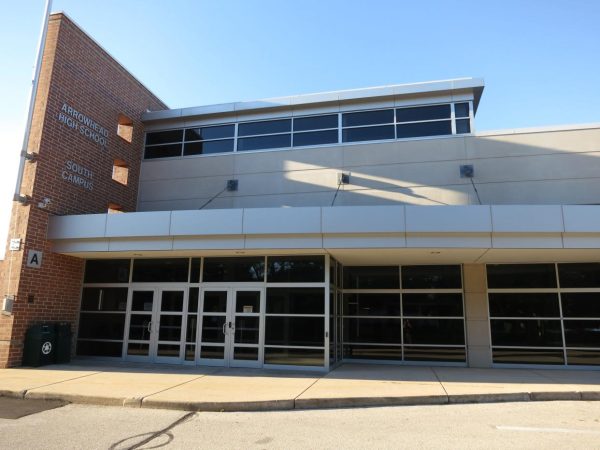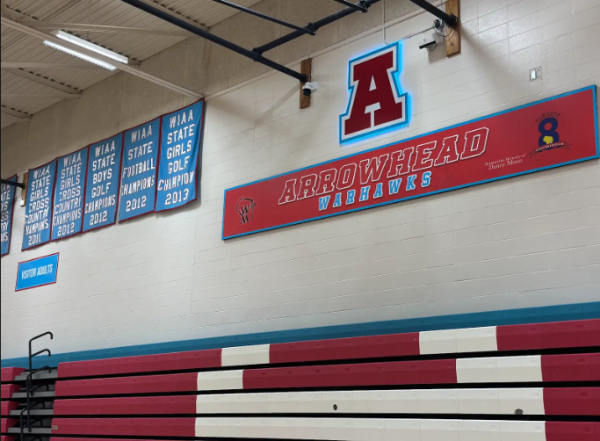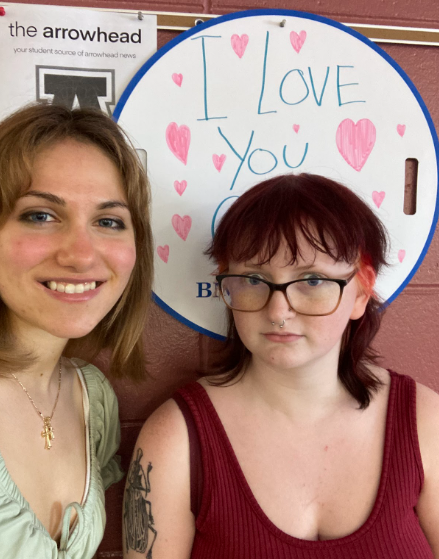Interest Flutters about Butterfly Gardens at AHS
Arrowhead High School students want to add a butterfly garden to North campus to better the environment, create peaceful study areas, and add to the visual appeal of the campus. Although no one has presented the idea to administrators, students want one put in.
Arrowhead senior Natalie Wen said, “Having a butterfly garden will create a peaceful environment and help reduce stress on both the students and faculty.”
According to greenlivingonline.com, butterfly gardens require lots of warmth and direct sunlight. Large stones and sand patches need to be scattered throughout the garden to absorb heat and provide resting places for butterflies. A butterfly garden requires blooming plants from late spring to early fall. Butterflies are drawn to yellow, orange, pink, and purple plants.
In order to get a butterfly garden added on Arrowhead’s campus, someone must write a proposal for the idea. The proposal must include possible locations, ways to fund the project, when it would be built, and who would lead the project. The proposal must be approved before the project is initiated.
Arrowhead senior Monica Anderson said, “Some classes could even use the garden to observe wildlife, identify different plants, and insect species. It would greatly add to science classes like Zoology, Environmental Biology, and Biology.”
According to sfgate.com, butterfly gardens are good for the environment. Butterflies are major pollinators and help conserve resources. They encourage habitats and growth of wildlife. Butterfly gardens also promote environmental awareness.
Arrowhead senior Jake Selzer said, “By having a butterfly garden, we could help bring back the Karner Blue Butterfly which is near extinction.”
According to dec.ny.gov, the Karner Blue Butterfly primarily lives in habitats with dry sandy areas with open woods and clearings supporting wild blue lupine. Controlled areas that are mowed and/or having controlled burnings support the growth of Karner Blue Butterflies and blue lupine. Planting flowers that attract Karner Blue Butterflies will help increase the ability for these butterflies to reproduce.
Wen said, “I think butterfly gardens are very inspirational and poetic.”
According to greenlivingonline.com, good for plants for butterfly gardens are milkweed, wild lupine, dill, and violets.
Selzer said, “We are doing nothing by leaving wide empty spaces on our campus. We should help stimulate the environment with our empty lots instead of waste them.”





